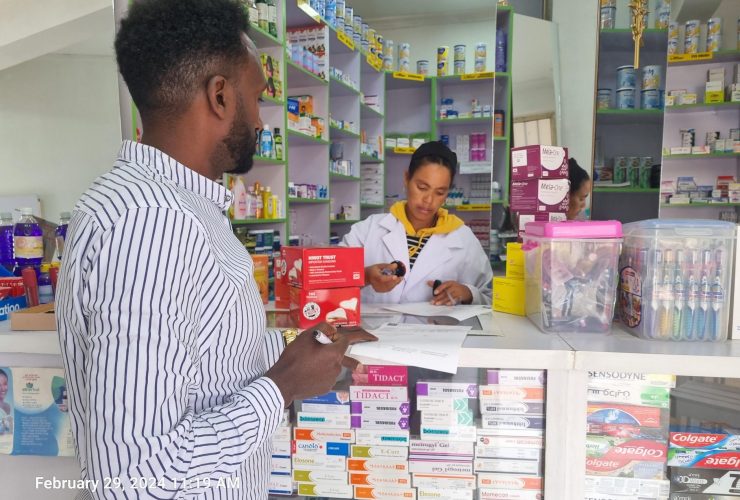HIV/AIDS- No time to let up
With the global incidence of HIV leveling off and even increasing in some areas, a concerted effort is required to sustain gains.
Ethiopia’s success in dealing with HIV/AIDS is one of the shining examples globally.
From 1999 to 2015, prevalence decreased from 3.4% to 1.2%, earning Ethiopia the designation of a country with “rapid decline” of the disease, one of the few countries in Sub-Saharan Africa to achieve this recognition.
At the same time, disconcerting trends globally spell the need to remain vigilant, a challenge made more difficult by the emergence of new health challenges.
“Ethiopia is essentially fighting a two-front battle against communicable and non-communicable disease,” says Rory Harrington, DKT Ethiopia’s Country Director.
“Both sets of diseases – including HIV – must be dealt with to build durable health in the population.”
The recently concluded International AIDS Conference in Durban, South Africa, July 18 – 22, was a cautious celebration of gains as well as a reminder of the significant work required to eradicate the disease.
Speaking at the opening ceremonies, UN Secretary-General Ban Ki-moon noted that gains against HIV/AIDS were “inadequate” and “fragile”.
A report released ahead of the conference by the Kaiser Family Foundation, a US-based public charity, indicated that new infections among adults failed to decline since 2011 and that incidence is actually rising in some regions.
There were about 2.1 million new infections in 2015. Globally, only 40% of people infected with the virus are receiving antiretroviral treatment. There are also concerns about drug-resistant strains developing.
ETHIOPIA’S RESPONSE
The first cases of HIV were identified in Ethiopia in the late 1980s. A decade later, the Government of Ethiopia responded with a comprehensive HIV/AIDS policy (1998) as well as the Strategic Framework for the National Response to HIV/AIDS, 2000-2004.
Interventions were scaled-up significantly around 2005 and the country began to observe a noticeable decline in prevalence and incidence, ultimately decreasing to a current prevalence of just over 1%, a rate considerably lower than most countries in Sub-Saharan Africa.
Ethiopia currently has nearly 350,000 people receiving antiretroviral therapy (ART), approximately 80% of the need among HIV-infected adults, and 46% of the total HIV-infected population.
Still, pockets of high prevalence remain both geographically as well as among population groups.
CONDOMS, STILL THE BEST PROTECTION
Though the promise of vaccines and cures draws near and new technologies like pre-exposure prophylaxis (PREP) are introduced, male and female condoms remain the most widely available and effective technology to prevent sexual transmission of the virus.
DKT Ethiopia condom brands – Sensation and Hiwot Trust – are among the most well-known health products in the country. DKT also distributes the second-generation female condom, a technology thought to give women more control in managing their protection from STIs and pregnancy. DKT Ethiopia’s parent organization, DKT International, is one of the largest condom distributors in the developing world. In 2015, DKT International distributed well over half a billion male condoms in over 20 countries.
“Condoms are a highly tested product,” says Negussie GebreTsadik, DKT Ethiopia’s National Operations Director.
“By the time condoms make it to market, they’ve been sampled and tested at least three times.”
“We are then meticulous about monitoring stock that’s on the market.”
After the Government, DKT Ethiopia is the largest supplier of condoms, distributing 1.2 billion condoms since the organization opened its doors in 1990.
In addition to condoms, DKT sells family planning brands like Choice oral contraceptive pills, Confidence injectables, Postpill, and LemLem ORS, among others.
DKT Ethiopia imports all of its Hiwot Trust and Sensation condoms from Thai Nippon, the second largest manufacturer of condoms globally with an annual output of 2 billion condoms.





